Hydrangeas are beautiful flowers. They can bring color to your garden. Caring for hydrangeas is not hard. With some simple steps, you can help them thrive. This guide will teach you how to care for hydrangea plants.
What Are Hydrangeas?
Hydrangeas are popular garden plants. They bloom in many colors. You can find them in blue, pink, white, and purple. The color depends on the type of hydrangea and the soil. Hydrangeas grow best in warm climates.
Choosing the Right Location
Location is very important for hydrangeas. They need the right amount of sunlight. Most hydrangeas like partial shade. This means they need some sun and some shade.
Here are some tips for choosing a good spot:
- Find a place with morning sun.
- Look for some afternoon shade.
- Avoid very hot, sunny spots.
Soil Requirements
Good soil helps hydrangeas grow. They prefer well-drained soil. This means water should not sit in one place. It can hurt the roots.
Here is how to check your soil:
- Dig a small hole about 12 inches deep.
- Fill the hole with water.
- If the water drains away in a few hours, you have good soil.
Watering Hydrangeas
Watering is key for hydrangea care. They need a lot of water, especially in summer. You should water them deeply once a week. This helps the roots grow strong.
Here are some tips for watering:
- Water early in the morning.
- Check the soil before watering.
- Look for wilting leaves. This means they need more water.
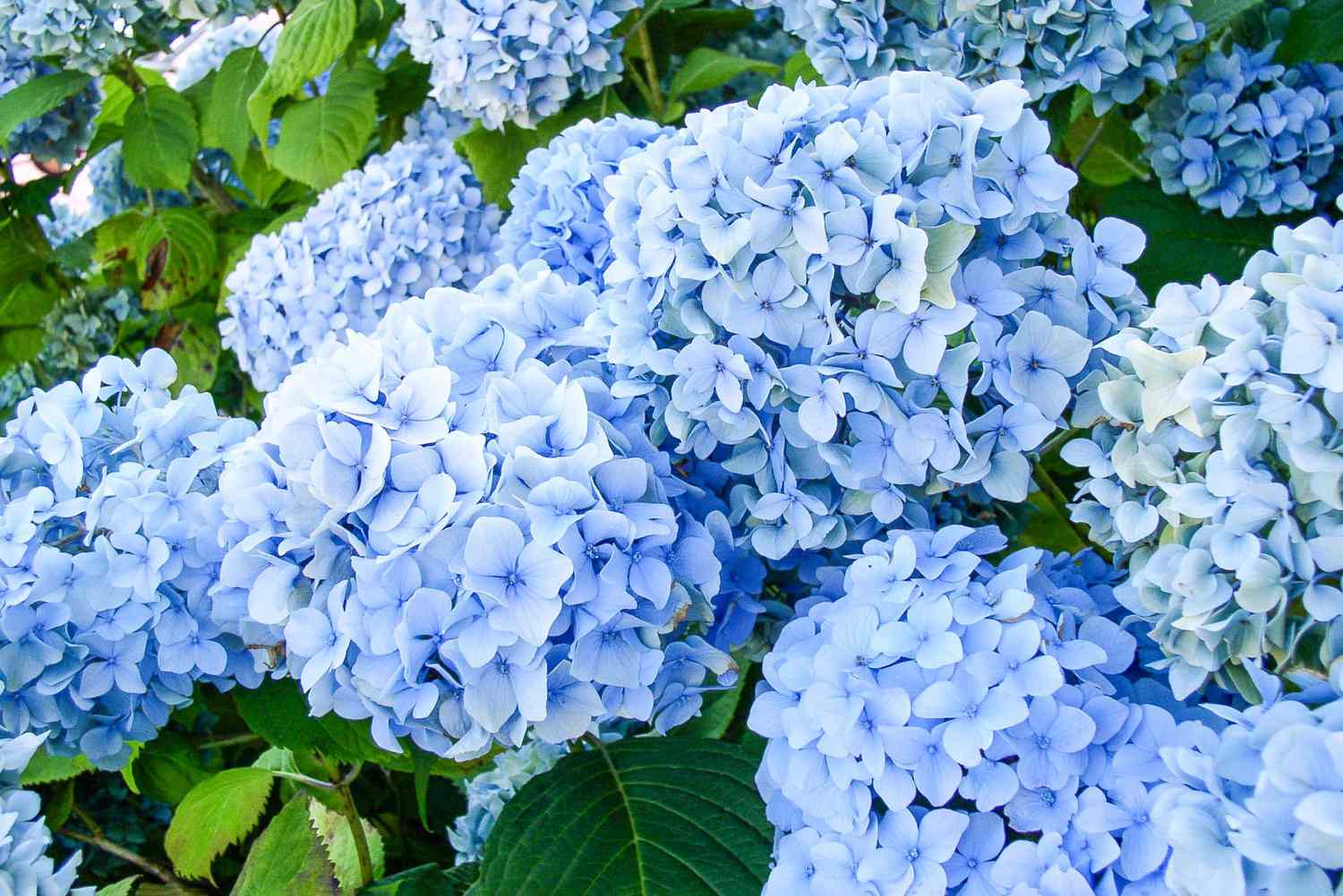
Credit: www.marthastewart.com
Fertilizing Hydrangeas
Fertilizing helps hydrangeas grow. Use a balanced fertilizer in spring. This means it has equal amounts of nitrogen, phosphorus, and potassium.
Follow these steps for fertilizing:
- Read the instructions on the fertilizer package.
- Spread the fertilizer around the base of the plant.
- Water the plant after fertilizing.
Pruning Hydrangeas
Pruning is important for healthy hydrangeas. It helps them grow better. You should prune at the right time.
Here are some tips for pruning:
- Prune in late winter or early spring.
- Remove dead or weak branches.
- Cut back about one-third of the plant.
Protecting Hydrangeas in Winter
Winter can be tough on hydrangeas. You need to protect them from cold. Here are some tips:
- Mulch around the base of the plant.
- Cover them with burlap if very cold.
- Water them well before winter.
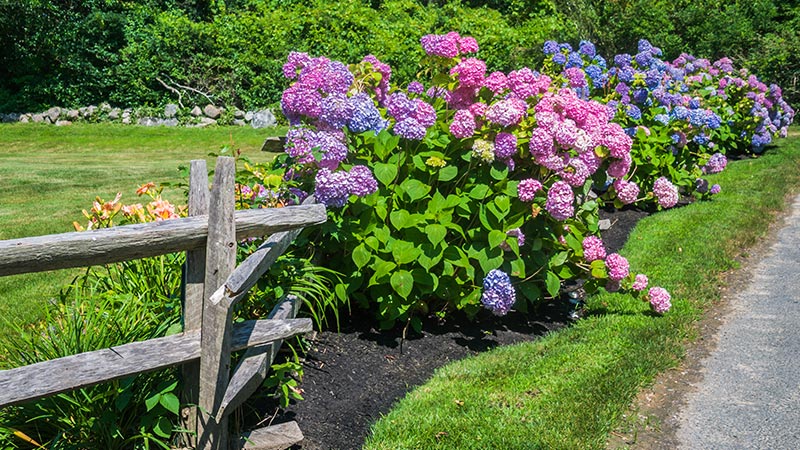
Credit: gilmour.com
Common Problems with Hydrangeas
Sometimes, hydrangeas can have problems. Here are some common issues:
- Wilting Leaves: This may mean they need more water.
- Brown Edges: This can be from too much sun.
- Faded Flowers: This can happen if they lack nutrients.
Changing Colors of Hydrangeas
One fun fact about hydrangeas is their colors. The color can change based on soil pH. Acidic soil makes blue flowers. Alkaline soil makes pink flowers.
To change the color:
- Add aluminum sulfate for blue flowers.
- Add lime for pink flowers.
Hydrangea Varieties
There are many types of hydrangeas. Each type has different care needs. Here are some popular varieties:
- Bigleaf Hydrangea: This type has large, round flowers.
- Panicle Hydrangea: This type blooms in cone shapes.
- Oakleaf Hydrangea: This type has unique leaves that look like oak leaves.
When to Plant Hydrangeas
Timing is important for planting hydrangeas. The best time is in spring or fall. This gives the plant time to grow roots.
Follow these steps for planting:
- Dig a hole twice as wide as the root ball.
- Place the plant in the hole.
- Fill the hole with soil and water it well.
Summary
Taking care of hydrangeas is easy. They need the right location and good soil. Watering and fertilizing are important. Pruning helps them grow well. Protect them in winter to keep them safe.
Remember, hydrangeas can change colors based on the soil. There are many types of hydrangeas to choose from. With care, your hydrangeas will bloom beautifully.
Final Tips
Here are some final tips to remember:
- Check your hydrangeas often.
- Watch for pests or diseases.
- Enjoy the beauty of your hydrangeas!


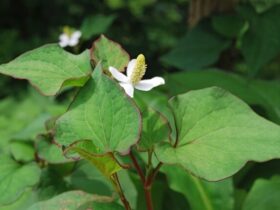


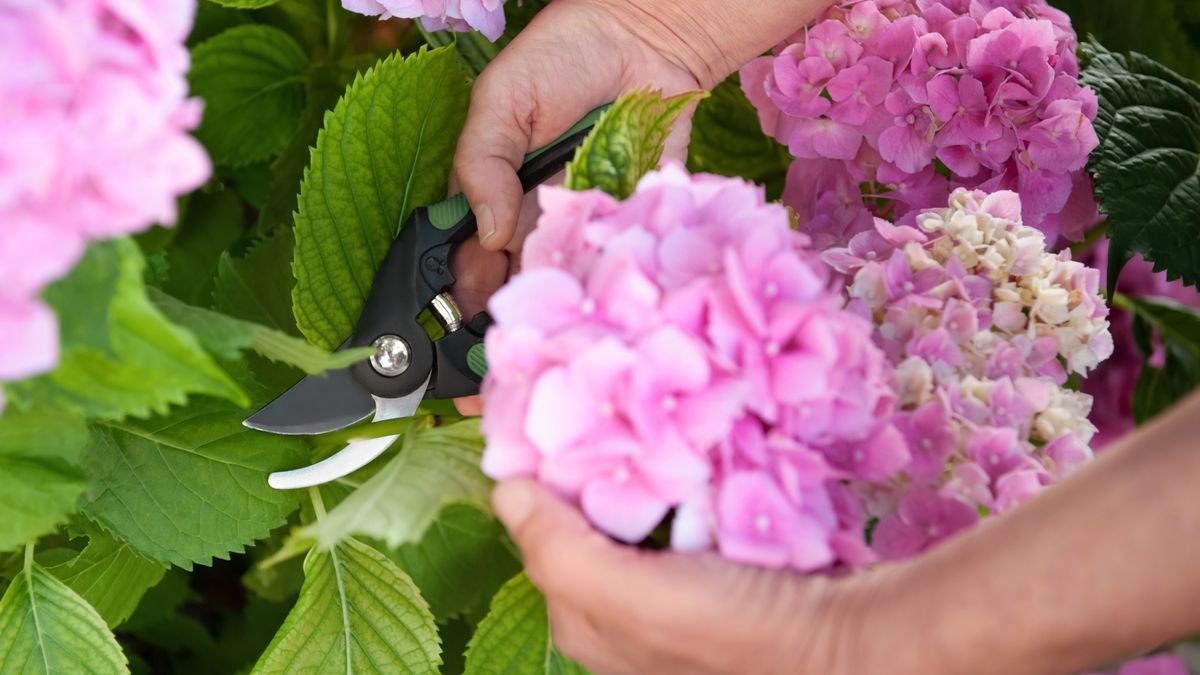
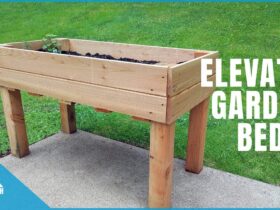


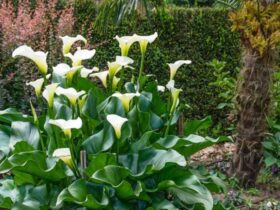
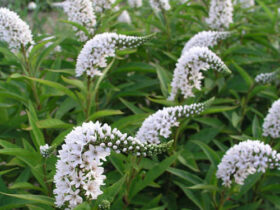
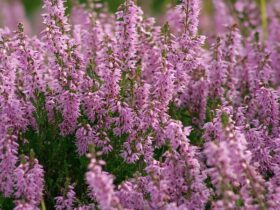
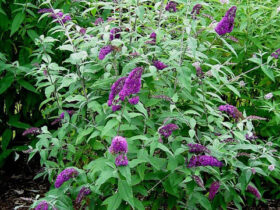
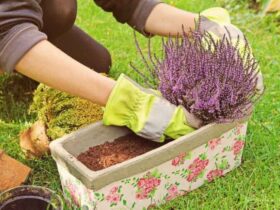
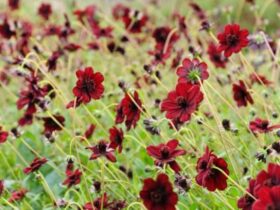

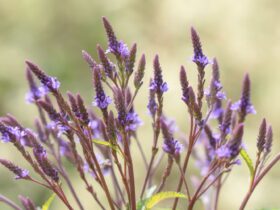
Leave a Review